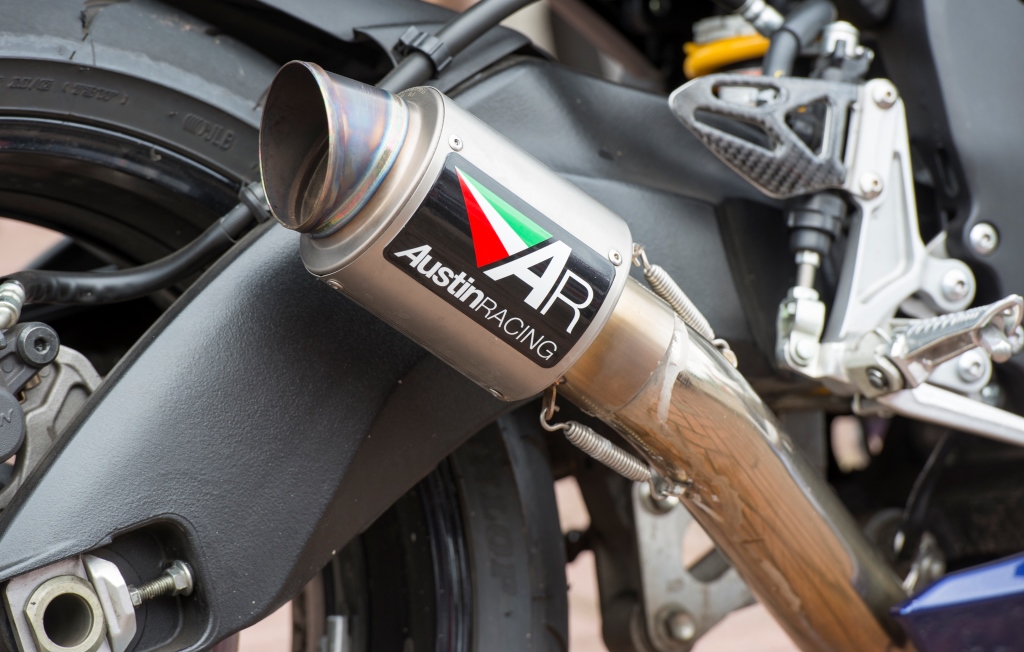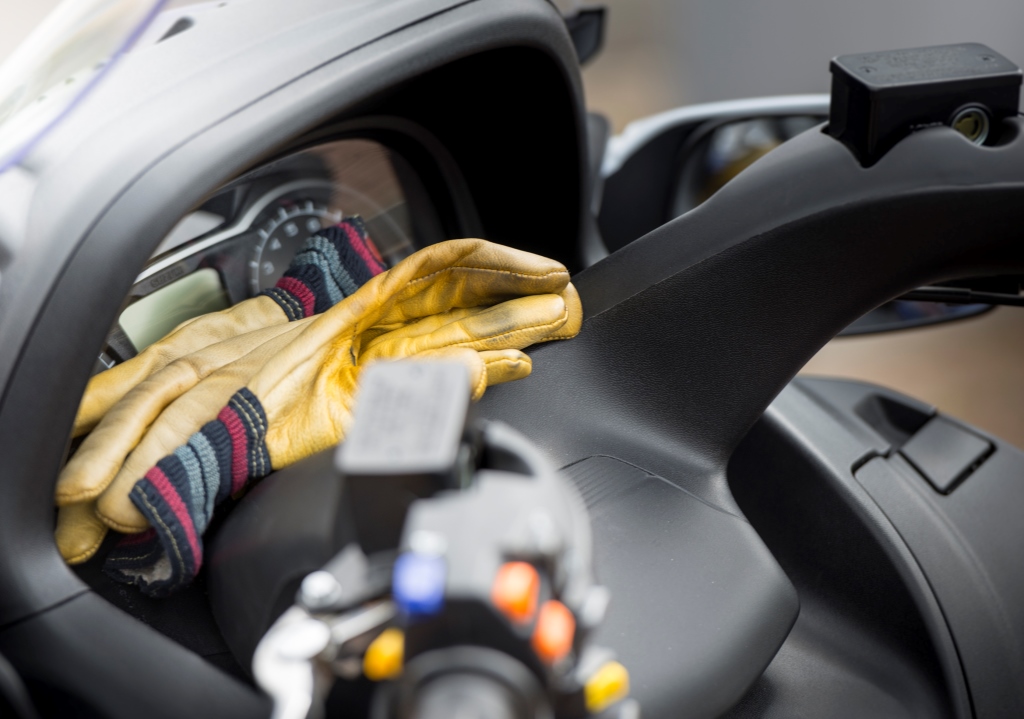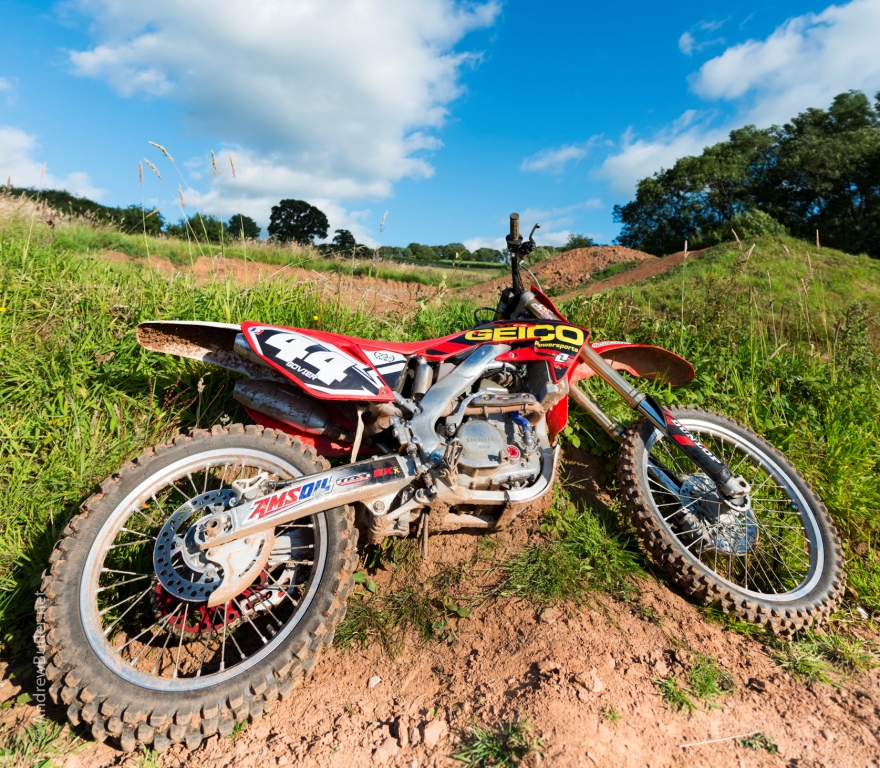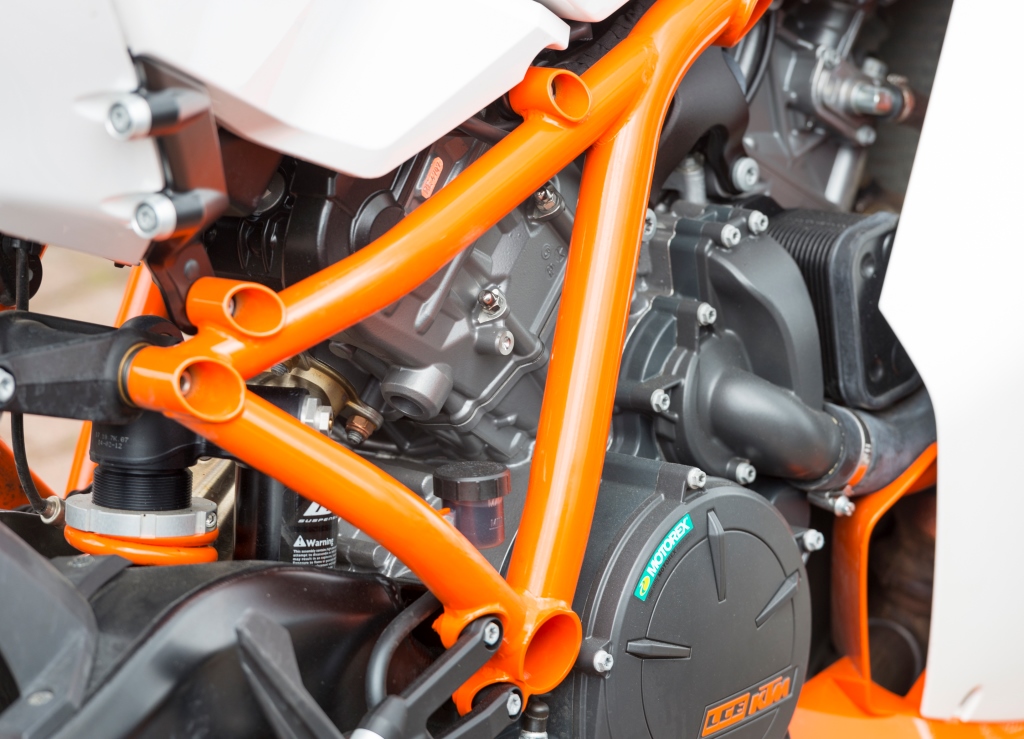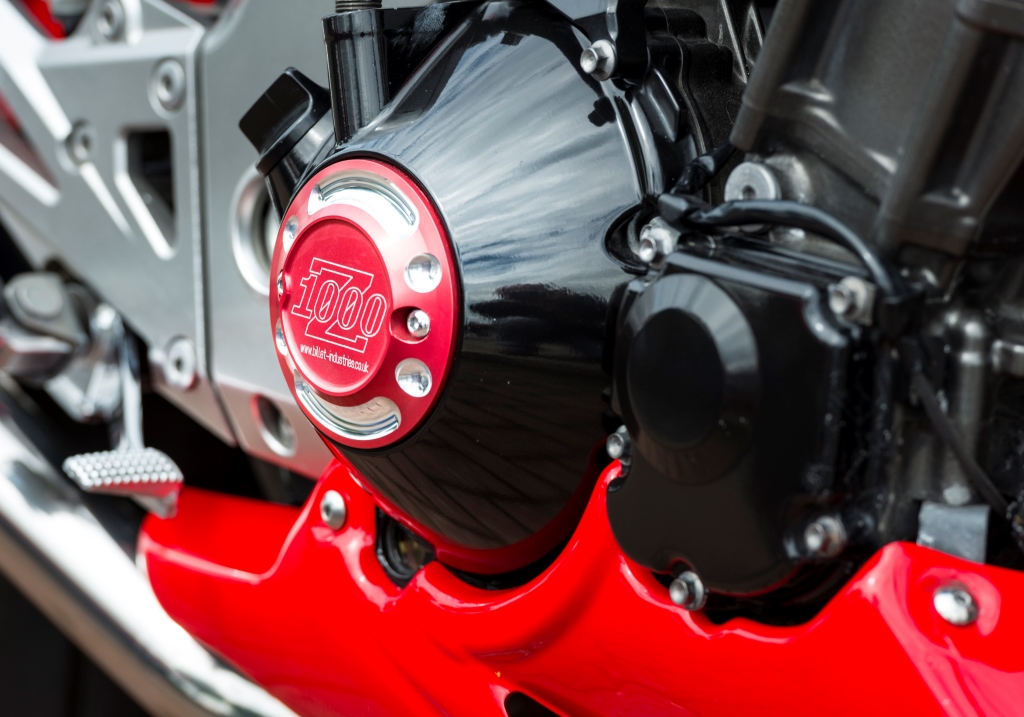After a long winter in storage, it can be an exciting and fun time for many riders when they get reacquainted with their best friend – their bike!
And what better way to say hello than by spending some quality time together, bringing your bike back up to showroom quality ready for the new season.
But before you do this, make sure all your paperwork and motorbike insurance is up-to-date and that nothing has lapsed during the winter. The last thing you want to do is clean your bike up to show it off and then find out it’s not fully road legal.
Below are some top tips on the best way to wash your motorbike to gain best results.
Preparing to Wash your Bike:
Remove any luggage and accessories that you don’t want to get wet such as tank bags and a GPS, although these were probably taken off before you covered the bike over for the winter.
Get all your cleaning products ready. To wash your motorbike correctly you will need:
- A bucket
- Soap or liquid detergent
- Bug and tar remover
- Degreaser
- Engine cleaner
- A toothbrush
- WD40
- A wheel cleaning brush
- Tyre cleaner
- Paint polish/wax
- Metal polish
- Micro fibre rags
- 100% cotton sponges
- Cotton and micro fibre towels
- Abrasive rags
- A chamois
Also ensure that you aren’t wearing anything with sharp bits as the last thing you want to do is scratch your paintwork. Remove any watches, bracelets, rings that could potentially cause damage and make sure you have no zips on your clothes.
Sponges, Rags etc.:
Use separate rags and sponges for cleaning different areas of your bike. This will avoid spreading grease to places it shouldn’t be.
Micro fibre cloths are great for removing dust and dirt, but still protect the bikes surface.
Toothbrushes are great for getting grime and grit out of radiators of for cleaning laced wheels.
Steel wool is also good for removing burnt on grease and grime on exhaust pipes.
Use Suitable Products:
Always use the correct cleaning product for part of the bike you are cleaning.
Be careful when choosing bodywork cleaner as anything too acidic or too alkaline could damage your paint. The pH balance of any cleaner for your bodywork should be between 6 and 8.
Wear rubber gloves if you use anything harsh to tackle tough jobs as these products could be harmful to your skin and cause irritation.
Do not use vinyl cleaners on the seat. They will make your seat look nice and shiny but will also leave it very slippery which is dangerous.
Where to Wash and When to Wash your Motorbike:
Wash your motorbike yourself as you will get a far better finish than if you go to a commercial washing facility.
Never wash straight after a long ride. The bike will be hot which could result in you burning yourself on the metal and allowing it to cool will give the best results. You should never spray cold water on to a hot engine anyway as the potential to crack the block is too high to risk it.
Don’t wash your bike in direct sunlight or during the hottest part of the day as soaps/detergents will dry on the bike’s surface before you will have time to wash them off. This will leave streaks all over the bike.
A worthwhile idea is to wash your bike on your lawn, if you have one. This way you can make the most of excess water by watering your lawn at the same time.
Pressure Washers:
Try to avoid using a pressure washer and instead use some good old fashioned elbow grease.
Pressure washers can force water into the bikes electrics and crevices causing pooling and eventually corrosion of vital parts.
If you do need to use a pressure washer, for removal of caked-on mud for example, ensure you keep it away from the electrics and instruments, and use one that has been designed to clean vehicles.
Wash your bike frequently:
Washing your bike frequently enables you to keep an eye on the parts of your bike and will help you notice any early signs of wear or damage, such as oil or fluid leaks or any loose or damaged parts. This means you can fix the situation before it becomes a big problem later on.
Washing regularly also means you can prevent blemishes from bugs on the paintwork.
Washing too often can be a problem if you aren’t careful though as lubricants on cables can be displaced.
It’s all about finding a happy medium. Obviously if you come home from a biking event with the boys and your bike is thick with mud then you need to wash it straight away. At other times, a quick wipe over with some bodywork spray and a soft cloth will be enough.
Also be mindful that the pressure of the water is strong enough to tear vinyl seats so stick to just the wheels and bodywork.
If you pressure wash the chain, remember to re-grease it afterwards. WD40 is good for this.
Attention to Detail:
After washing and polishing your bike, spend time going over everything once more with a micro fibre cloth.
Wipe cables, clean engine casings, rub wheel hubs and look all around your bike again to make sure you haven’t missed anything.
Ensure any grease or grime hasn’t pooled under the bike during cleaning and make sure you haven’t missed cleaning underneath.
Do NOT use tyre shine if you going straight riding as overspray on the tread will affect your grip on the road.
Waxing:
Waxing can make or break a bike. If you do it correctly, it can definitely make it.
Use a soft wax that adds a layer rather than takes a layer off. Trial a bot of the wax you have on a discreet area of your bike and see if it leaves swirls on the bodywork in direct sunlight. If it does, try and use a different wax.
Good quality wax will provide your bikes paintwork with a UV layer to protect it against the sun and prevent cracking peeling or fading.
Put the wax on a clean rag and not directly on the bodywork. When it is dry, buff it off with a lint-free cloth.
We hope we’ve given you some valid insight around how to clean your motorcycle properly. Do you have any tips that you’d like to share? Why not leave your comments below…
